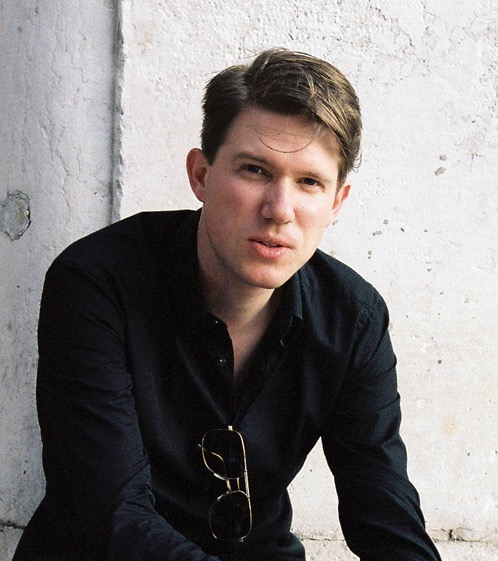Belgian manufacturer Metalfire produces fireplaces that blend in with the surrounding architecture while giving character to a space. The brand’s fireplaces eschew the rustic and demonstrate a sensitivity for contemporary interior design aesthetics. Environmental issues will play a particularly important role for the firm as of 2022 as domestic fireplaces will have to become safer and cleaner than they’ve ever been before.
Fire is the oldest spectacle in the world. For thousands of years, people have stared into blazing flames that captivate the gaze with their rhythmic dance and make one feel as if hypnotised. The gentle crackling and pleasant scent of the wood enchant the senses: a feeling that hasn’t lost any impact over the millennia, on the contrary, it seems even more relevant today. We entered into a new relationship with our homes during the pandemic – and the warmth and cosiness of fire is part of that. Despite their archaic history, fireplaces can embrace today's aesthetic sensibilities and enter into a seamless connection with the architecture and furnishings of a space.
A pioneer in producing contemporary fireplaces is Belgian manufacturer Metalfire. Since its founding in 2003, all its products have been fully handcrafted at its headquarters in Evergem, just north of Ghent in Belgium. The company has caught the eye of architects and interior designers around the globe. Unlike many of its competitors, Metalfire fireplaces are made with aesthetics in mind but are also very functional too. The interior cladding can be customised as well as the finishing frames and extensions, allowing for a wide range of adapted versions.
To achieve a high degree of transversality, the brand's products follow a calm, purist design language that does not impose itself on its spatial surroundings. These fireplaces are the opposite of intrusive. They blend harmoniously into an environment and complete the interior. At the same time, they are also able to stand out. The company has become known for its characteristic vertical and ribbed cast iron slats. They form the backdrop for the fire; like a miniature theatre stage on which the flames appear in front of metallic scenery
In 2021 the company introduced two new finishings that expand the existing range and insert additional dynamics. The first series is called Triangle, following a more strict and angular design language. Although the second series is also defined by the distinctive materiality of cast iron. Round, as it is called, embraces the senses with fluid shapes. This design has been developed by Belgian architect Benoit Viaene in collaboration with Atelier Franssens – a company known for bespoke architectural tiles made by hand. In both cases, the rhythm of the ribs creates a dialogue with the dancing lights and shadows evoked by the flames. But also during the day, exposed to full sunlight, the fireplaces accentuate the interior with their sculptural language. “I wanted to explore how a fireplace can look lively and captivating, even when it’s not being used,” says Benoit Viaene.
Ecological questions have also had an impact on the world of fire. On 1 January 2022, a new regulation on domestic biomass appliances will enter into force in the European Economic Area (EU countries plus Norway, Iceland and Liechtenstein) – with binding requirements regarding energy efficiency and pollution. From this date, every fireplace manufactured or sold in Europe will have to correspond with the so-called EU Ecodesign 2022 regulation. The objectives are ambitious: emissions are expected to be reduced by 80 per cent.
Metalfire is already meeting these new standards with its Ultime D series. The closed wood-burning fireplace has an insulated combustion chamber with a Vermiculite or 10mm flat steel base plate with ash box and cast iron grate. The air supply is divided into three channels, a primary, secondary and tertiary air supply, which can be controlled separately. The fireplace is enclosed by a frame made of solid 10mm thick steel. This assures an optimum combustion and a high efficiency. The appliances are independent of room air, allowing a maximum level of security while being suitable for all homes that are built according to the latest building regulations.
Here, too, the character of the fireplace is defined by its insertion into the room boundaries. In other words: the streamlined metal frame surrounds the glass front screen and merges directly into the wall. Its materiality – whether plaster, natural stone, terrazzo or wood – completes the visual appearance of the fireplace. It is not a singular, detached object, but always an integral part of the interior. The spatial effect takes place on a multi-sensory level: the fireplace enhances the atmosphere through the soft crackling of burning wood and its relaxing scent. It creates a timeless calm in any room. Like the primeval fire of thousands of years ago – only safer and much cleaner.
Words by Nornam Kietzmann


